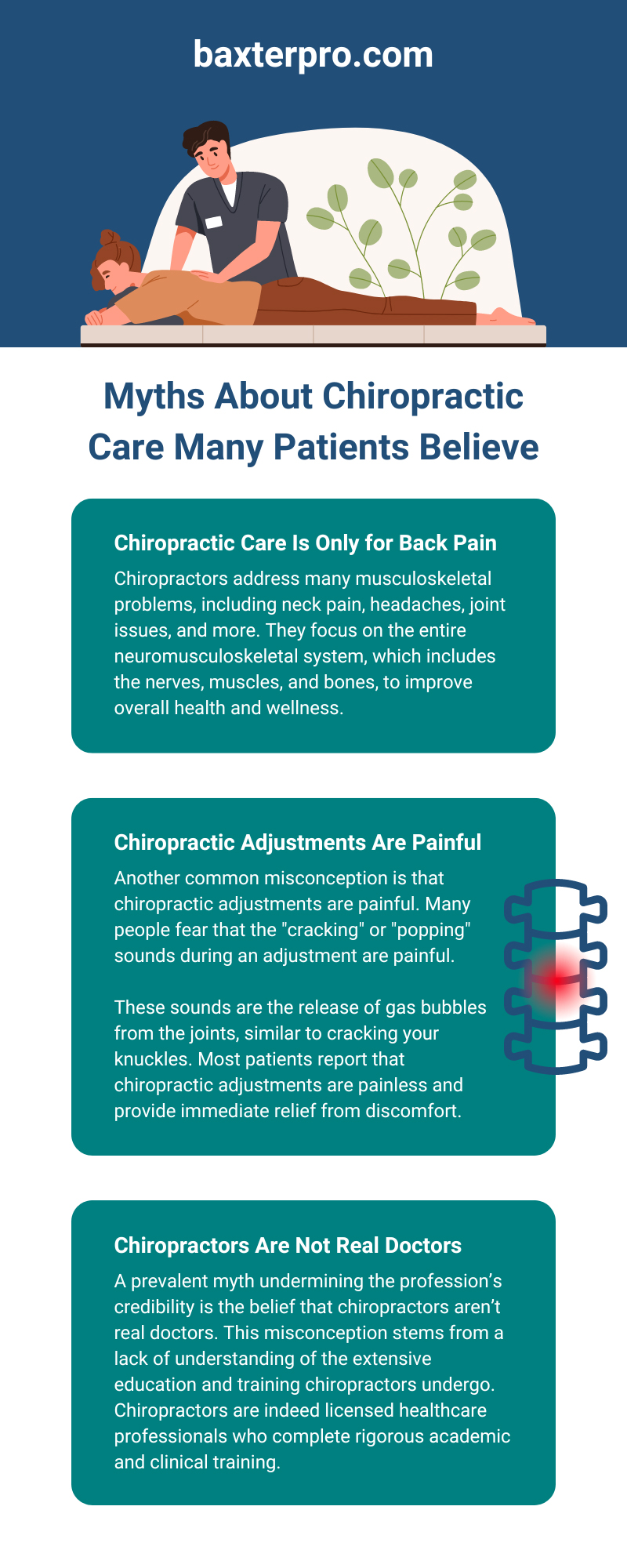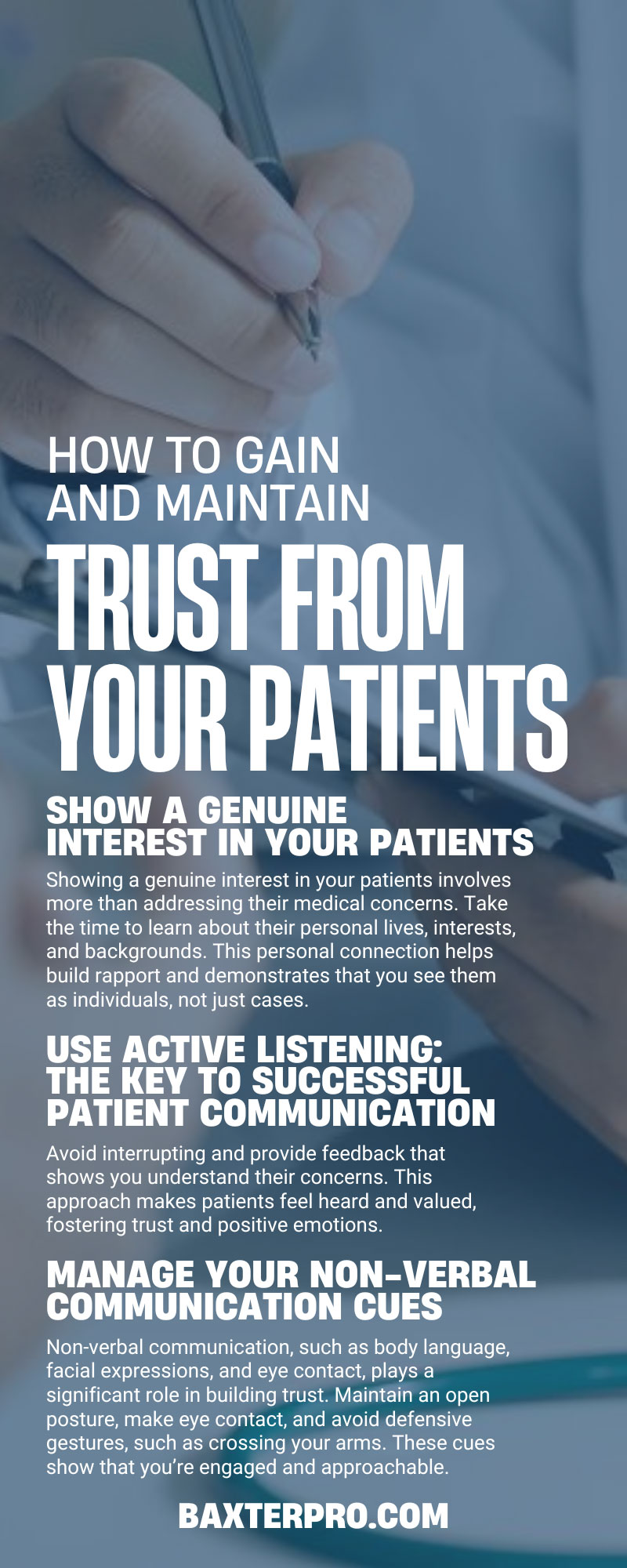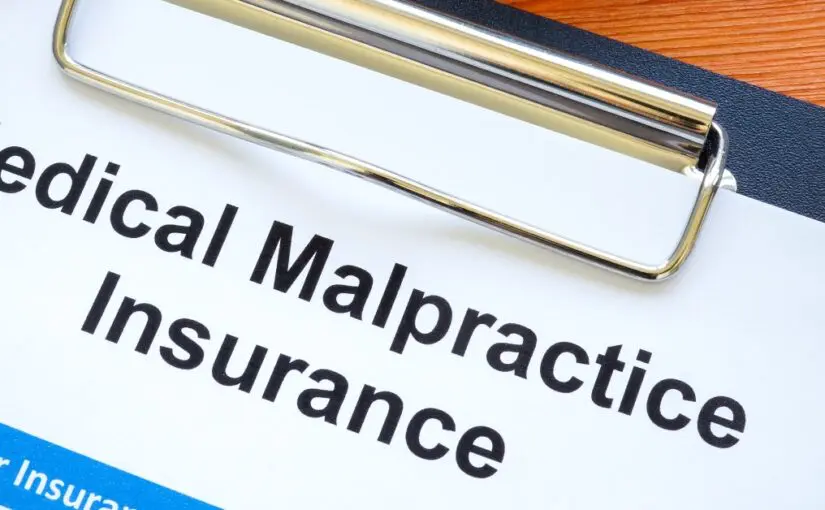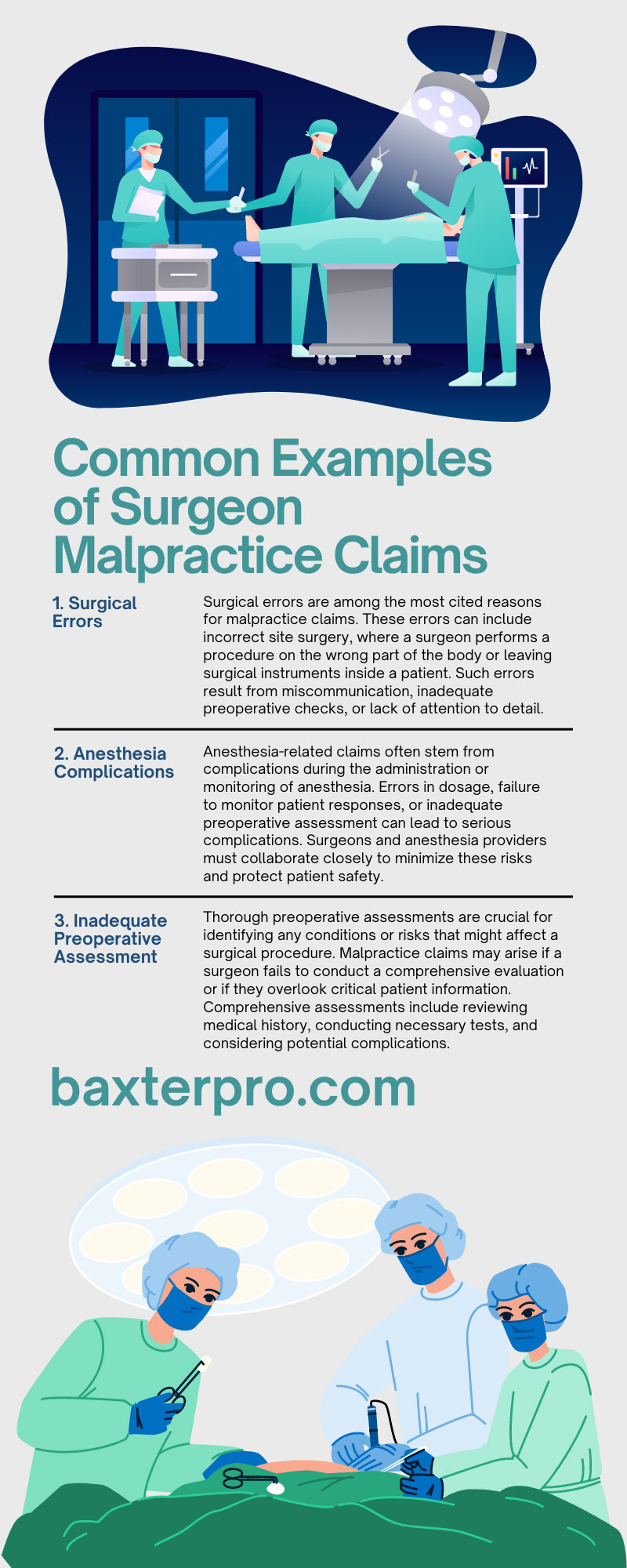Artificial intelligence (AI) has emerged as a transformative force across various sectors, and the medical industry is no exception. From enhancing diagnostic accuracy to improving patient outcomes, AI has the potential to revolutionize the way medical professionals deliver healthcare to their patients.
Let’s explore the role of AI in the medical industry, analyze its current applications, and envision its future impact. By understanding the landscape of AI, medical professionals can prepare for the innovations that lie ahead.
What Is AI?
Artificial intelligence, commonly called AI, simulates human intelligence processes by machines, particularly computer systems. These processes include learning, reasoning, and self-correction. There are two main AI classifications: narrow AI, designed for specific tasks, and general AI, which can perform any cognitive task that a human can do.
Is AI Useful in the Medical Industry?
AI has proven incredibly useful in the medical industry, particularly in diagnostics, treatment planning, and patient monitoring. With the ability to rapidly process and analyze vast amounts of data, AI systems assist medical professionals in making informed decisions, reducing the likelihood of errors, and optimizing patient care.
Advantages of AI in Medical Care
One primary advantage of AI in medical care is its ability to enhance diagnostic accuracy. AI algorithms can analyze medical images, laboratory results, and patient histories more precisely and quickly than human practitioners.
This increased accuracy leads to the earlier detection of diseases, ultimately improving patient outcomes. Additionally, AI can predict patient deterioration by continuously monitoring vital signs and alerting healthcare providers to potential issues before they become critical.
Furthermore, AI-driven tools can assist in creating personalized treatment plans tailored to individual patients. By considering genetic information, lifestyle, and medical history, AI systems can recommend the most effective treatment options, increasing the likelihood of successful outcomes. This level of personalization also extends to drug development, where AI models can identify promising compounds and predict their efficacy, accelerating the discovery process.
Disadvantages of AI in Medical Care
Despite its numerous benefits, AI in medical care has potential drawbacks. One significant concern is the potential for bias within AI algorithms.
If healthcare companies train these systems based on biased data sets, they may perpetuate existing disparities and affect the quality of care provided to certain patient groups. Training AI models with diverse and representative data helps mitigate this risk.
Another challenge is integrating AI into the existing healthcare infrastructure. Implementing AI technologies requires significant investments in time and financial resources.
Additionally, the widespread adoption of AI necessitates continuous training and education for healthcare professionals to utilize these tools effectively. AI’s legal and ethical implications in healthcare also present hurdles concerning patient privacy and data security.
A Brief History of AI in the Medical Industry
The history of AI in the medical industry dates back to the 1970s when scientists developed early systems like MYCIN to diagnose bacterial infections and recommend antibiotics. These early efforts laid the groundwork for more advanced AI applications, such as IBM’s Watson, which gained recognition for its ability to analyze medical literature and assist oncologists in developing treatment plans.
Over the years, advancements in computing power and data analytics have propelled AI’s role in healthcare, leading to the development of sophisticated diagnostic tools and predictive models.
Where AI Stands Today
Today, AI is an integral part of many healthcare systems worldwide. Radiology is one field where AI has made significant strides, using algorithms capable of identifying abnormalities in medical images with high accuracy.
In addition to diagnostics, AI is useful for administrative tasks such as scheduling, billing, and electronic health records management. This helps streamline operations and reduce the burden on healthcare providers.
The COVID-19 pandemic further highlighted the potential of AI in healthcare. Government health agencies used AI models to predict outbreaks, analyze the spread of the virus, and assist in the development of vaccines. This accelerated adoption showcased AI’s ability to respond to global health crises effectively and efficiently.
Predicting the Future of AI in the Medical Industry
As AI technology evolves, its impact on the medical industry will grow exponentially. In the future, more advanced AI systems will likely be capable of performing complex diagnostic procedures, enabling early disease detection, and improving patient outcomes. AI-driven precision medicine will become more prevalent, offering highly tailored treatments based on individual patient profiles.
Integrating AI with other emerging technologies, such as robotics and the Internet of Medical Things (IoMT), will further enhance AI’s capabilities in healthcare. For instance, AI-powered robots could assist in surgeries, providing unparalleled precision and reducing recovery times. The continuous monitoring and real-time data analysis offered by IoMT devices will enable proactive healthcare management, shifting the focus from reactive to preventive care.
Challenges AI Will Face in Medical Science
While AI’s potential in medical science is vast, the medical community must address several challenges to realize its benefits. One significant challenge is ensuring the ethical use of AI. Establishing clear guidelines and regulations to govern AI applications in healthcare is essential to maintaining patient trust and safeguarding their privacy.
Another challenge is overcoming the resistance to change within the healthcare sector. Many medical professionals may hesitate to adopt AI technology due to concerns about its reliability and the perceived threat to their expertise. Providing comprehensive training and demonstrating the tangible benefits of AI is crucial for addressing these concerns.
Interoperability is another hurdle that the medical community must address. For AI to be effective, it must seamlessly integrate with existing healthcare systems and data sources. Ensuring compatibility and standardization across different platforms is essential in achieving this goal.
How AI Will Impact Future Medical Malpractice Claims
The integration of AI into healthcare will inevitably impact medical malpractice claims. On one hand, AI’s ability to enhance diagnostic accuracy and provide evidence-based treatment recommendations could reduce the incidence of malpractice cases.
However, the complexity of AI algorithms may also introduce new challenges in determining liability. In cases where AI systems are involved in clinical decision-making, it will be essential to establish who is accountable for errors – the healthcare professional, the AI developer, or both.
Medical malpractice insurance must adapt to these changes, providing coverage that addresses the unique risks associated with AI-enabled healthcare. Ensuring that healthcare providers and AI developers receive adequate protection is crucial for protecting the medical industry’s future.
Baxter & Associates: Malpractice Insurance Agents You Can Trust
Navigating the complexities of medical malpractice insurance in the age of AI requires expertise and a comprehensive understanding of the evolving landscape. Baxter & Associates specializes in providing tailored malpractice insurance solutions for healthcare professionals. We stand as a trusted partner in an era of rapid technological advancement.
Exploring the role of AI in the medical industry reveals a landscape ripe with opportunities and challenges. From enhancing diagnostics to transforming patient care, AI promises to revolutionize healthcare.
However, you must address ethical, legal, and practical considerations to harness its full potential. Obtaining reliable malpractice insurance is crucial for medical professionals navigating this new frontier. Trust Baxter & Associates to provide the coverage and expertise you need to thrive in this evolving industry.


















